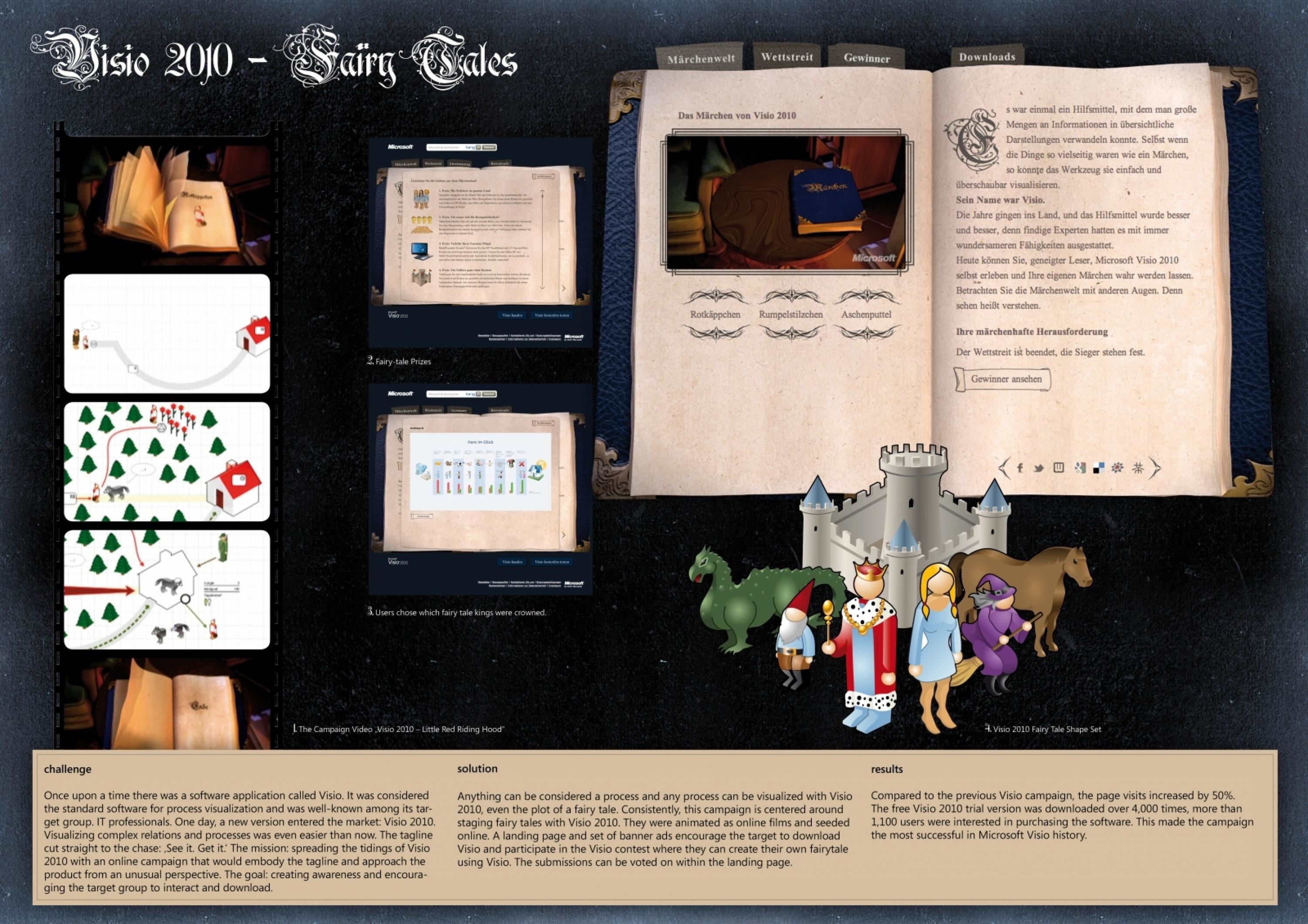Creative Data > Creative Data
CLOSER THAN YOU THINK
WUNDERMAN, Antwerp / CHILD FOCUS / 2018
Awards:

Overview
Credits
Overview
CampaignDescription
To make people feel connected to missing children, we proved that they actually are: in a social experiment, we confronted a variety of people from all over the country with a human chain that connects them to the same missing child.
The concept was based on ‘Six Degrees of Separation’ as made popular in the classic ‘small world experiment’ of Stanley Milgram (1967): the idea that two strangers can be connected through a chain of five people. So, a maximum of six steps separates everyone from a missing child, and also potential witnesses. This way, we used Six Degrees of Separation as a strategy to convince both emotional and rational thinkers.
Shareability was key for the campaign to work, so the experiment was first launched as a social video. Then, to increase PR value even more, celebrities received a personal video of someone close to them, revealing their connection to the missing child: impossible to ignore. They shared the campaign, giving it an extra boost.
Finally, we even did the experiment with a famous soccer player. This was displayed during an important competition and online.
MediaStrategy
To make people feel connected to missing children, we had to prove that they actually are.
The campaign was based on ‘Six Degrees of Separation’ as made popular in the classic ‘small world experiment’ of Stanley Milgram (1967, Harvard University): the idea that two strangers can be connected through a chain of only five people.
A social experiment was conducted, in order to illustrate and immediately provide proof for the theory. Participants from all over the country were invited, not knowing what was going to happen. A team of researchers had been secretly looking for a “human chain” that connected all participants with Gevriye Cavas, a boy that went missing in 1985 at the age of 5.
The participants were confronted with Gevriye’s search message, and the five persons it took to link them simply walked into the room. Immediately closing the distance between them and Gevriye.
The experiment was filmed and edited as a social video. By showing that literally anyone could be connected to this missing child within six steps, the campaign touched everyone.
Outcome
Child Focus Facebook page:
+ 49% followers
Missing children search posts:
+ 387% shares
+ 222% engagement
+ 202% total reach
The increased number of shared posts led to immediate results. Shortly after the campaign, a message about an abducted girl reached 2 million people in only one night. She was found unusually quickly (within 48 hours) and the perpetrator was taken into custody.
Relevancy
Data gave us 4 insights:
- the more missing children posts are shared, the more testimonies are received
- involvement is a crucial factor for people to share content on social channels
- 48% of the people do not feel personally involved with missing children
- ‘Six Degrees of Separation’, the idea that 2 strangers can be connected through a chain of 5 people (Milgram 1967, Harvard)
We combined the data with research into a creative strategy that convinced people to share more missing children posts: we made people feel connected to missing children, by proving that they actually are.
Strategy
Data of the missing cases show that the number of Facebook shares of the posts has a significantly positive effect on the number of testimonials received. This proves the logic that the more people get to see the missing post, the bigger the chance a potential witness picks up this information.
There are several reasons why people share content on social channels, of which involvement is a very crucial factor. Most common reasons are “It’s something happening far away from me, my friends and my family” and “it never happens in my neighborhood…”. They don’t feel connected to the missing children, and don’t see the need to share the post. Having put this to a quantitative test, we see that 48% of the people do not feel personally involved with the topic of missing children (Insites consulting report, 2017).
Those 2 insights led to the strategic approach of the campaign: In order to increase engagement (sharing of social posts), Child Focus had to indicate the proximity of missing children and increase the feeling of connection. With the ultimate purpose of receiving more testimonials.
Synopsis
Child Focus is the Belgian Center for Missing and Sexually Exploited Children. It supports victims and spreads information about missing children by publishing their pictures and descriptions online, in newspapers, magazines, on posters etc.
In the run-up to the International Day of Missing Children, Child Focus wanted people to share more search messages on social media: the fastest way to reach witnesses.
Unfortunately, these posts aren’t being shared enough and potential witnesses do not get to see them. When asked, “It never happens in my neighbourhood” and “I don’t know these families” are recurring reasons for people not to share. They don’t feel involved enough.
In terms of awareness, the campaign message had to reach out to the entire Belgian population, because everyone can help in finding missing children. With regards to activation, we focussed on online audiences, as modern social networks are the fastest way for real-time information sharing.
More Entries from Data Storytelling in Creative Data
24 items
More Entries from WUNDERMAN
24 items














